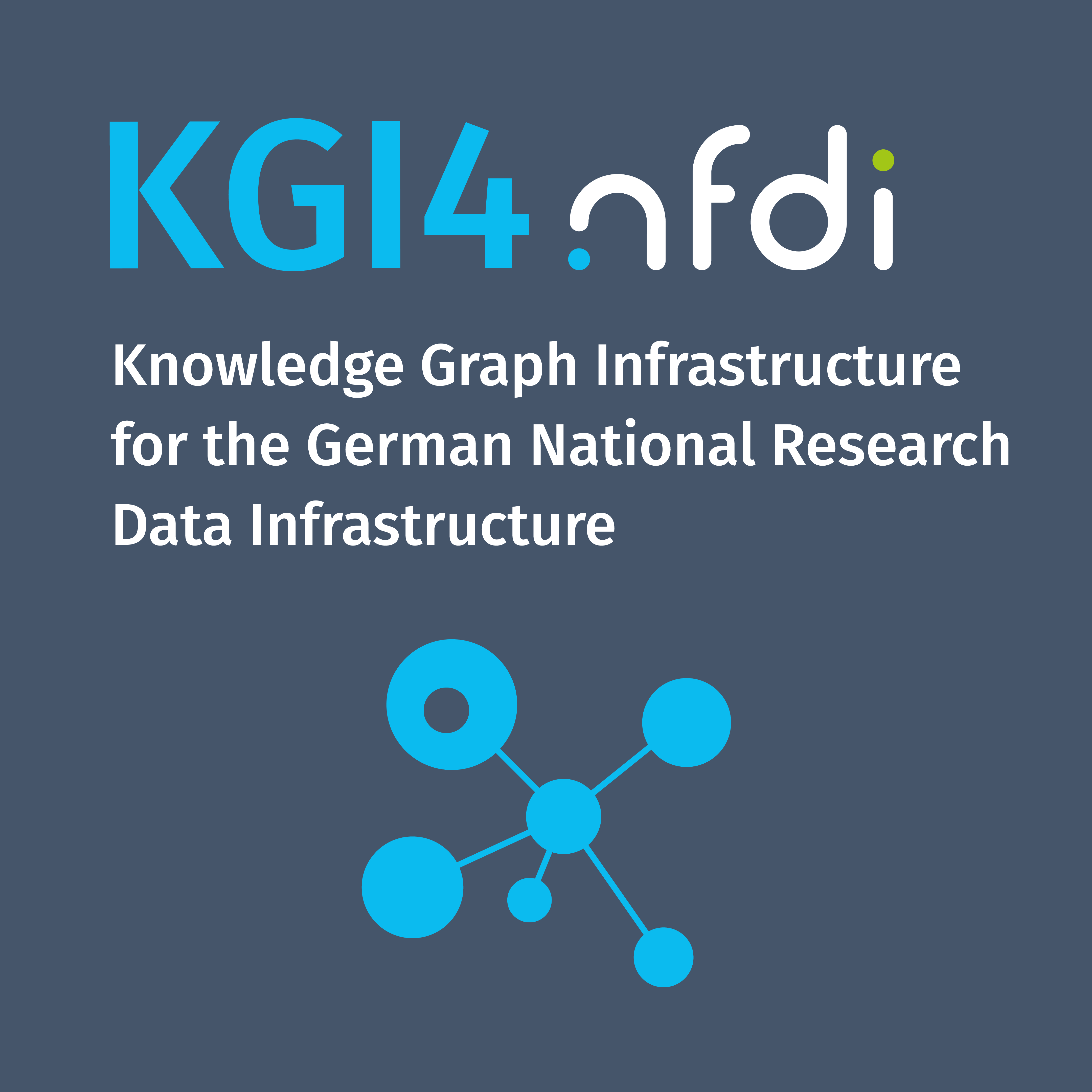Knowledge Graph Applications with LLMs
Knowledge Graphs (KGs) combined with Large Language Models (LLMs) offer powerful solutions for data-driven applications.
This guide showcases practical examples of how to integrate LLMs with Knowledge Graphs using tools like Virtuoso and Apache Jena.
The examples use Llama (an open-source LLM), but you can also use OpenAI models if you have an API key.
Example 1: Querying Knowledge Graphs with LLMs
Overview
In this example, we demonstrate how to query a Virtuoso Knowledge Graph using a Large Language Model (LLM) to retrieve meaningful insights from structured data.
The key idea is to bridge the gap between natural language queries and structured data stored in RDF format within Virtuoso.
The integration leverages llama_index, an interface that connects LLMs to structured data sources like SPARQL endpoints.
Prerequisites
System Requirements
- Python 3.x installed
- Virtuoso Server running with SPARQL authentication enabled
Required Installations
1️⃣ Install LlamaIndex and Dependencies
pip uninstall llama_index -y # Remove old versionspip install git+https://github.com/OpenLinkSoftware/llama_index2️⃣ Install Llama for Local Use
pip install llama-cpp-python3️⃣ Set Up Llama Model
Download a Llama model (e.g., llama-2-7b.Q4_K_M.gguf) and place it in your working directory.
4️⃣ Create a Directory for Graph Data Storage
mkdir llama_storage_graphConfiguration
SPARQL Endpoint Details
Update the following connection details in your Python script:
ENDPOINT = 'http://localhost:8890/sparql-auth/'GRAPH = 'http://purl.org/stuff/guardians'BASE_URI = 'http://purl.org/stuff/data'USER = 'dba'PASSWORD = 'dba'Full Python Code (llama_test.py)
import osfrom llama_index import KnowledgeGraphIndex, ServiceContextfrom llama_index.storage.storage_context import StorageContextfrom llama_index.graph_stores import SparqlGraphStorefrom llama_cpp import Llama
# Load the Llama modelllm = Llama(model_path="llama-2-7b.Q4_K_M.gguf", temperature=0.5)
# Initialize ServiceContext with Llamaservice_context = ServiceContext.from_defaults(llm=llm, chunk_size=512)
# Virtuoso SPARQL Endpoint ConfigurationENDPOINT = 'http://localhost:8890/sparql-auth/'GRAPH = 'http://purl.org/stuff/guardians'BASE_URI = 'http://purl.org/stuff/data'USER = 'dba'PASSWORD = 'dba'
# Connect to Virtuoso SPARQL Graph Storegraph_store = SparqlGraphStore( sparql_endpoint=ENDPOINT, sparql_graph=GRAPH, sparql_base_uri=BASE_URI, create_graph=False, user_name=USER, user_password=PASSWORD,)
# Load Index from Storagestorage_context = StorageContext.from_defaults(persist_dir='./llama_storage_graph', graph_store=graph_store)kg_index = KnowledgeGraphIndex( storage_context=storage_context, service_context=service_context, max_triplets_per_chunk=10, sparql_endpoint=ENDPOINT, sparql_graph=GRAPH, sparql_base_uri=BASE_URI, include_embeddings=True, verbose=True,)
# Query Engine Setupkg_rag_query_engine = kg_index.as_query_engine( include_text=False, retriever_mode="keyword", response_mode="tree_summarize",)
# Example Queryresponse_graph_rag = kg_rag_query_engine.query("In the movie, what does Ken think about?")
# Display the Responseprint(str(response_graph_rag))Running the Code
Execute the script:
python llama_test.pyExpected Output
Ken thinks about his identity, purpose, and the meaning of life, reflecting on his role beyond just being a supporting character.This response is generated based on RDF triples extracted from the Virtuoso knowledge graph.
Key Concepts
- Virtuoso Integration: The example connects to a Virtuoso SPARQL endpoint for querying RDF data.
- LLM Query Processing: The LLM enhances the query with natural language understanding, making it user-friendly.
- Knowledge Graph Indexing: The Knowledge Graph Index improves retrieval efficiency by organizing data into meaningful chunks.
Example 2: Extracting Triples from Text Using LLMs
Overview
This example demonstrates how to automatically extract structured knowledge from unstructured text.
Using Llama, we transform plain text into triples (subject, predicate, object) suitable for building Knowledge Graphs.
Full Python Code (kg_generator.py)
import osimport csvfrom llama_cpp import Llama
# Load Llama modelllm = Llama(model_path="llama-2-7b.Q4_K_M.gguf", temperature=0.5)
def query_llm(prompt): response = llm(prompt, max_tokens=200) return response["choices"][0]["text"].strip()
# Sample text for extracting entities and relationshipstext = """Barack Obama was born in Hawaii. He was the 44th President of the United States.Michelle Obama is his wife. They have two daughters, Malia and Sasha."""
# Generate extraction promptprompt = f"""Extract entities and relationships from the following text in the form of triples (subject, relation, object):
Text: {text}
Format:(Subject, Relation, Object)"""
extracted_triples = query_llm(prompt)
print("Extracted Triples:")print(extracted_triples)
# Save triples to a CSV filecsv_filename = "extracted_triples.csv"with open(csv_filename, mode='w', newline='', encoding='utf-8') as file: writer = csv.writer(file) writer.writerow(["Subject", "Predicate", "Object"]) # CSV Header for triple in extracted_triples.split('\n'): writer.writerow(triple.strip("()").split(", "))
print(f"\nTriples successfully saved to {csv_filename}")Running the Code
Execute the script:
python kg_generator.pyExpected Output
Extracted Triples:(Barack Obama, was born in, Hawaii)(Barack Obama, was, 44th President of the United States)(Michelle Obama, is wife of, Barack Obama)(Barack Obama, has daughters, Malia)(Barack Obama, has daughters, Sasha)
Triples successfully saved to extracted_triples.csvCSV Output
Subject,Predicate,Object Barack Obama,was born in,Hawaii Barack Obama,was,44th President of the United States Michelle Obama,is wife of,Barack Obama Barack Obama,has daughters,Malia Barack Obama,has daughters,SashaThis file can now be imported into Virtuoso or Apache Jena as part of a knowledge graph.
Alternative: Using OpenAI
If you prefer a cloud-based solution, you can replace Llama with OpenAI by installing openai and setting up an API key:
pip install openaiexport OPENAI_API_KEY=your_openai_api_key_hereModify the code to replace Llama with OpenAI’s gpt-4 model.
More Examples
Using Virtuoso with LlamaIndex for RAG significantly improves the quality and reliability of LLM-generated content by grounding responses in factual data. This approach is particularly effective for minimizing hallucinations in knowledge-driven applications.



